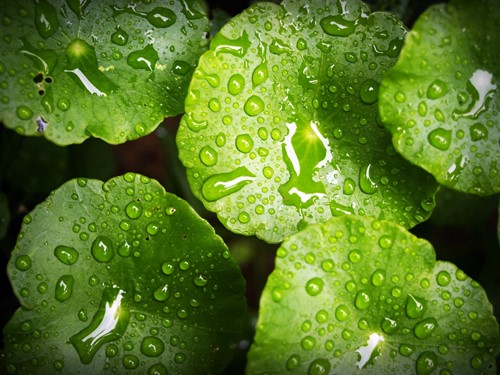
When it comes to rain gardens, design matters for more than just aesthetics. Rain gardens are meant to serve an important purpose in capturing rainwater runoff, and both the plants and structure of the garden determine its effectiveness.
To help you learn more about rain gardens, here are some key benefits and design elements to know:
Rainwater runoff can be a huge problem in both urban and suburban areas without much natural vegetation. In areas prone to storms, rainwater collects in the streets, overflowing sewer drains and causing floods. A rain garden helps mitigate this issue by imitating the way the natural landscape handles excess water.
By directing heavy rain to a rain garden, you can slow the flow and reduce the chance of stormwater runoff overwhelming the storm sewer system.
The basic rain garden design is a shallow basin. Water naturally pools at the lowest point, where it gradually absorbs into the soil to nourish the plants. Unlike a bog or a garden pond, a well-designed rain garden dries in a few days. This means you won’t have to worry about standing water attracting mosquitos or other pests.
It’s a good idea to include a range of different plants when designing rain gardens. Diversity of shapes, sizes and root systems will better mimic the natural landscape and provide better drainage.
Some of the most popular plant choices include switchgrass, blue cardinal flower and marsh marigold. When in doubt, it’s always worth choosing native plants for your rain garden design that will thrive in your climate and support the local ecosystem.

Kathy Borawski is a Northampton native who started in the Real Estate Industry in1985. She is a product of the Northampton public schools and a Northampton taxpayer, landlord, and co-founder of HARP, The Hampshire Association of Rental Properties, and a 3rd generation real estate broker, having learned the business from her father.